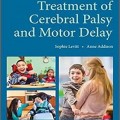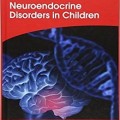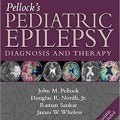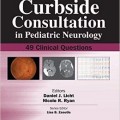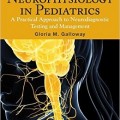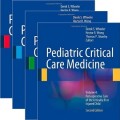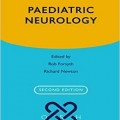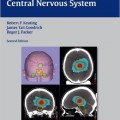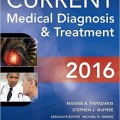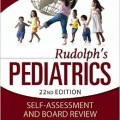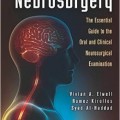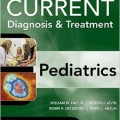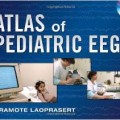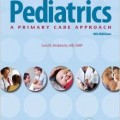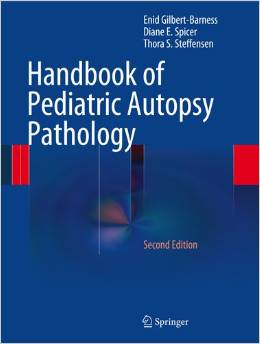دانلود کتاب مغز و اعصاب کودکان
Pediatric Neurology, 1ed
Recognizing patterns of disease can be the first step to successful management of the child with a neurological problem; this is emphasized by the authors throughout the book. Their concise, precise account reflects the remarkable recent advances in pediatric neurology and related disciplines, while stressing the fundamentals of clinical examination and history taking in reaching an accurate diagnosis.
The book begins with a detailed discussion of neurological examination techniques and the basic formulation of differential diagnoses and management, using neuroradiology, electrophysiology, cerebrospinal fluids, genetic and metabolic testing. The second section of the book follows a problem-based approach, just as diseases present in the real world. It employs practical, symptom- and sign-based strategies for virtually all conditions encountered by the practitioner. The final section on neurological emergencies recognizes that such conditions present first to someone other than a pediatric neurologist.
This new color handbook is illustrated throughout by a wealth of top-quality clinical photos and imaging, and is of interest to pediatric neurologists, general pediatricians, primary care physicians and emergency physicians, in training and practice.
Review
…generously illustrated… manages to cover a wide range of topics… this book has much to offer with all its illustrations and succinct practical approach to many common paediatric presentations in neurology
―Lucinda Carr, BJHM, May 2012
…highly organized, relevant, and accessible… nicely illustrates the continued importance of medical books in the 21st Century… cover[s] almost all aspects of pediatric neurology… concisely written and skillfully illustrated… language and style is nicely consistent.. appropriate emphasis on newer findings… the authors do not neglect “old school” information… available in both paper and digital editions [allowing] residents in neurology or pediatrics to keep a digital version on their electronic devices, available at any time. Experienced neurologists would also benefit, using this handbook as a concise review and also as an excellent teaching platform.
―Kevin C. Ess, MD, PhD, Neurology, September 2012
…easily readable… The authors’ goal of providing relevant information to trainees and primary care providers is achieved… a good “starter” in the broad field of pediatric neurology
―Prof. Eugen Boltshauser, Neuropediatrics, October 2012
From the Back Cover
Praise for this book:
The 23 chapters of this book cover almost all aspects of pediatric neurology. It is concisely written and skillfully illustrated with more than 400 figures packed in a relatively compact book of 350 pages. While coauthored by 5 pediatric neurologists and a neuroradiologist, the language and style is nicely consistent throughout the book. There is appropriate emphasis on newer findings from neuroimaging and genetics . . . Importantly, this book is available in both paper and digital editions. This would allow residents in neurology or pediatrics to keep a digital version on their electronic devices, available at any time. — Kevin C. Ess, MD, Neurology, September 18, 2012, 79:1303
The past 40 years have seen remarkable advances in pediatric neurology and in many interfacing disciplines, especially medical imaging, genetics and infectious diseases. Yet the fundamentals of neurological examination and history remain essential in the accurate diagnosis of conditions affecting the childs nervous system. This book begins with a detailed discussion of neurological examination techniques. It covers the basic formulation of differential diagnoses and management using neuroradiology, electrophysiology, genetic and metabolic testing, including sampling cerebrospinal fluids, which is essential in the diagnosis and management of infectious conditions. This second section follows a problem-based approach that takes into account how diseases present in the real world. It employs practical, symptom- and sign-based strategies for virtually all conditions encountered by the practitioner. Throughout the authors emphasize patterns of disease and how recognizing them can be the first step to successful management of a child with a neurological problem. The text concludes with a detailed discussion of neurological emergencies, keeping in mind that such conditions often present first to someone other than to a pediatric neurologist.
This book will be of interest to pediatric neurologists, pediatricians, primary care physicians, and emergency physicians in training and practice.
Contents
Core Concepts
The neurological examination
Neuroimaging
Electrophysiology evaluation
Cerebrospinal fluid
Genetic evaluation
Newborn screening and inborn errors of metabolism.
A Problem-based Approach to Pediatric Neurological Disorders
Disorders of development
Disorders of behavior and cognition
Disorders of hearing and language
Disorders of head size and shape
Disorders of cranial nerves
Disorders of peripheral nerves
Disorders of gait and balance
Disorders of sleep
Disorders of newborn
Acute and focal deficits
The dimorphic child
Headaches
Hypotonia/weakness
Neurological infections
Movement disorders
Seizures and other paroxysmal disorders
Neurological emergencies
Legends
Further reading
























